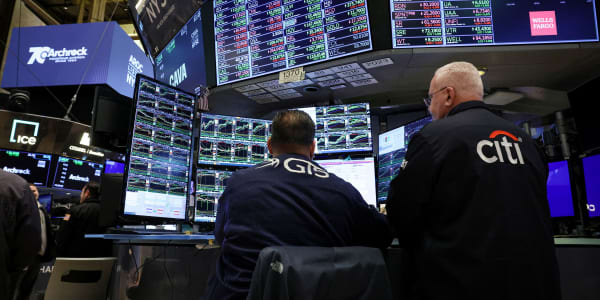Big Media is having almost as hard a time reaching a receptive audience on Wall Street as in living rooms.
It's been nearly 14 months since Big Media lost the benefit of investors' doubt when Walt Disney CEO Robert Iger acknowledged some subscriber losses at ESPN, the network considered the impenetrable line of defense for the pay TV "bundle" and against the cord-cutting trend.
While the panic that Disney set off among investors subsided within several weeks, it's been replaced by a deep and abiding skepticism about the durability of media's main businesses: producing content for paying customers whom advertisers need to reach.
This skepticism is embedded in the compressed valuations of the leading media stocks. Disney - for years valued at a premium thanks to its peerless brands and ESPN's dominance – now trades at 16-times forecast calendar-year 2017 earnings. The fetches more than 18-times this year's profits.
Big Media Stocks Vs. S&P 500 YTD:
And the others appear even less expensive: Time Warner under a 15 multiple, CBS and 21st Century Fox both around 13 and Viacom near 10. Bank of America Merrill Lynch strategists calculate that the S&P media sector is below 0.9-times the broad market P/E, compared to a 20-year average relative P/E above 1.5-times.
Meantime, each of these companies is projected to produce at least high-single-digit profit growth in 2017.
Clearly, then, the market is fixated on the long-term threats to the business model in a world awash in cheap or free video content and the entire target demographic for advertisers more likely to consume it on the run via social networks. Investors are afraid that the erosion of the once-friendly subscriber-and-advertiser ecosystem will go from gradual to sudden.
The anecdotal indicators probably feed the perception of these risks. Last week's Monday Night Football game on ESPN saw an 11 percent ratings decline versus the same week in 2015.
Twitter's successful stream of an NFL game the week before - to a relatively tiny real-time audience - nonetheless tweaked incumbent network executives, who bristled at a Goldman Sachs media conference about the way the league is slicing-and-dicing broadcast and digital rights.
Perhaps more painfully symbolic was the 5 percent drop in viewership of the Emmy Awards show on Disney's ABC to a new low – television's celebration of television drawing a diminished crowd.
According to Nomura Securities, from 2013 through this year, Facebook and Alphabet's Google have together commanded 75 percent of all global advertising revenue growth. The firm now expects those two voracious digital platforms to take about 68 percent of all incremental ad spending in the next three years.
This is the swirl of worry that is keeping these stocks unsettled. Disney shares have been in an oppressive down trend since a fleeting revival late last year. Time Warner has been the star as a relatively cheaper and more stable alternative. But in general, the media group has been a steady underperformer despite a largely domestic focus and so-far resilient cash flows.
So with the risks front of mind among investors, it's worth running through a few elements of the bullish case for Big Media over the medium term.





